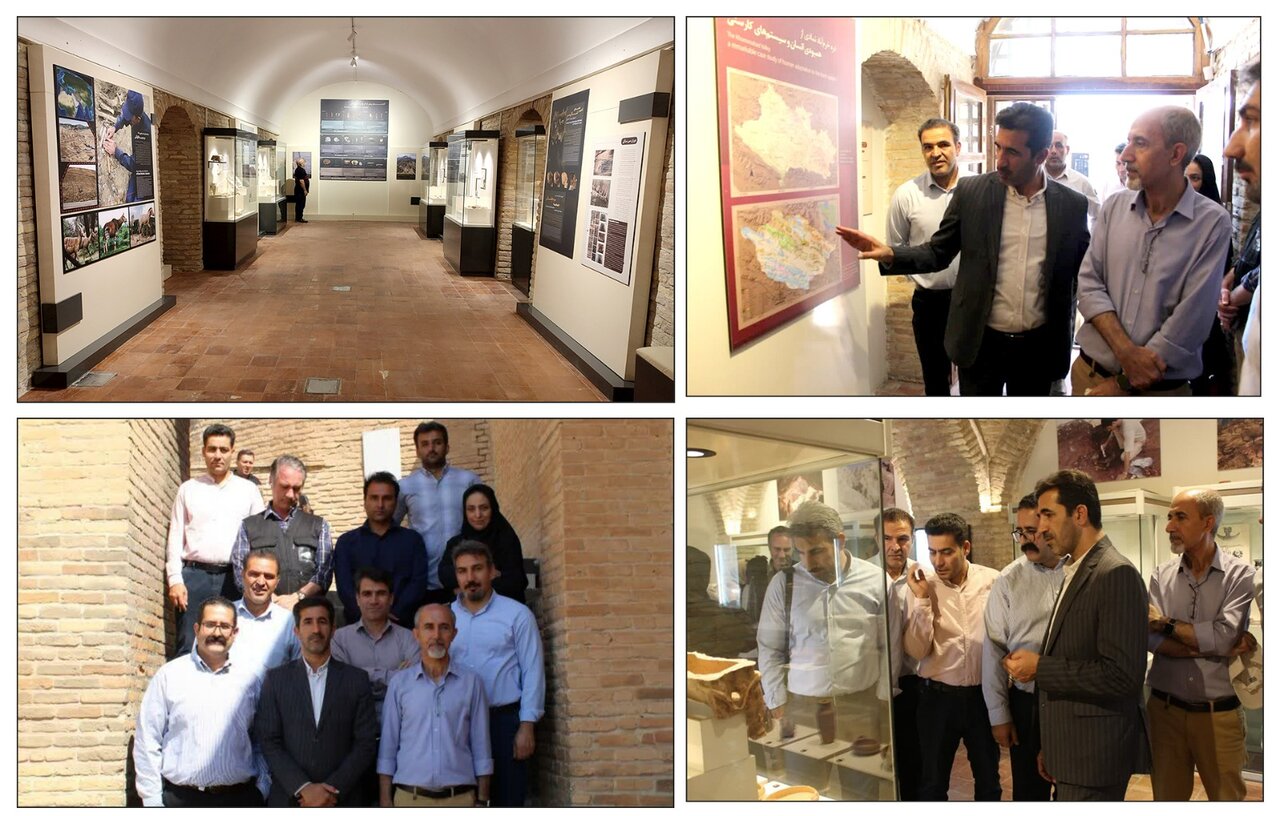Lorestan Archaeology Museum reopens after precautionary war closure

TEHRAN – The Lorestan Archaeology Museum, housed within the historic Falak-ol-Aflak Castle in Khorramabad, officially reopened to the public on Thursday, October 9, following a three-month closure.
The temporary shutdown was a precautionary measure to safeguard its invaluable collections during the recent 12-day imposed conflict.
The reopening ceremony was attended by several prominent figures, including Fereidoun Biglari, the Cultural Deputy of the National Museum of Iran; Ata Hassanpour, the Director-General of Lorestan's Cultural Heritage, Tourism, and Handicrafts Department; and a delegation of academic staff from the Archaeology Department of Razi University in Kermanshah.
In a statement at the event, Ata Hassanpour elaborated on the reason for the closure. "Following the 12-day imposed war in June of this year, and to ensure the protection of valuable cultural and historical artifacts, museums across the country, including the Lorestan Archaeology Museum at Falak-ol-Aflak Castle, were temporarily closed by direct order of the Minister of Cultural Heritage, Tourism, and Handicrafts," he said.
Hassanpour added that the closure period provided an opportune window to make necessary improvements to the newly established museum. "One of its galleries, previously equipped to showcase finds from the caves and prehistoric sites of the Khorramabad Valley for a World Heritage nomination dossier, was further enhanced and prepared for its reopening," he explained.
Concluding his remarks, the Director-General emphasized, "The protection of historical objects and securing the legacy of our ancestors during the crisis of the 12-day war was our top priority. Fortunately, by adhering to all necessary standards, the required protective measures were implemented in the shortest time possible."
The Lorestan Archaeology Museum features two main galleries dedicated to the Prehistoric and Historic eras. Its collection showcases artifacts from various archaeological periods, representing over one hundred thousand years of human settlement in the region.
On display are nearly 390 archaeological pieces from the Paleolithic, Epipaleolithic, Neolithic, and Chalcolithic ages, through the Bronze and Iron Ages, and into the Seleucid, Parthian, Sasanian, and Islamic periods. The collection also includes recent finds from archaeological excavations conducted on the Falak-ol-Aflak Castle mound.
Complementing the archaeological finds, the museum also exhibits a collection of fossils from the Dimeh site, with some specimens dating back over seven million years.
AM
